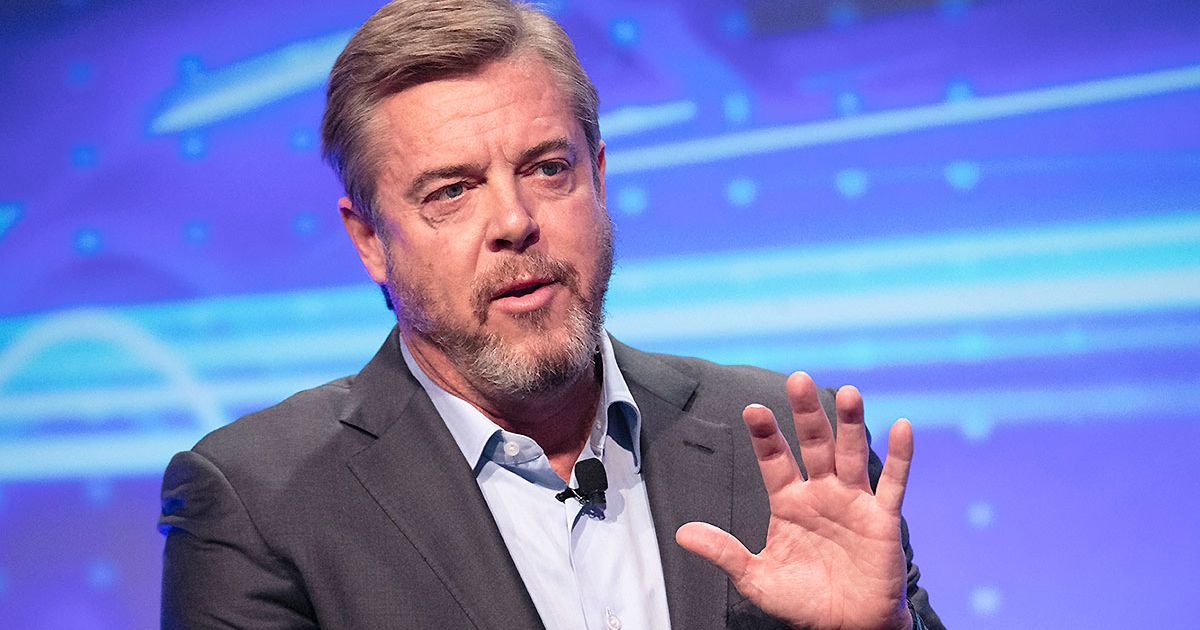
Dealerships have work to do, but retailers can help accelerate electric vehicle adoption, and that transformation really could go faster than sometimes it appears, according to a couple of presentations at the J.D. Power Auto Summit on Thursday.
On the to-do list, J.D. Power’s Stewart Stropp said: Dealerships need to train personnel in many areas other than just the vehicle itself, such as home charging.
In a separate presentation, Scott Painter, CEO and founder of vehicle subscription company Autonomy, said dealers should offer subscription services as a way to get EV skeptics to try out electric vehicles.
Ownership via subscription is unorthodox as opposed to a loan or lease, but a car that’s purchased for use in a subscription service “still represents a sold car for the dealer,” said Painter, who also is the founder of CarsDirect.com, TrueCar and Fair.
In his presentation, Stropp, managing director for the J.D. Power Electric Vehicle Consideration Study, reviewed key barriers to EV adoption. Here are highlights.
Product: Historically, EVs have been lacking in the most popular body styles, such as pickups. This is changing rapidly, Stropp said.
Infrastructure: The infrastructure has a long way to go, but the situation may not be “quite as dire as a lot of people think it is,” Stropp said.
Infrastructure is always among “the usual suspects” for EV rejecters, he said.
The U.S. has 1.5 million nozzles at gas stations, vs. about 114,000 publicly available EV charging stations.
For each gasoline nozzle, there’s an average of 251 internal-combustion vehicles in the U.S., vs. 23 EVs for each charging station, he said.
Range: This, too, is starting to improve, Stropp said.
J.D. Power asked EV rejecters how much range would convince them to change their minds about EVs. About 60 percent said they would like to see a 500-mile range. So far, only the Lucid Air meets that, with an EPA-equivalent range of 520 miles on a single charge. But another 20 percent of rejecters said they would be satisfied with 300 miles, and that’s more achievable, with several EVs in that range already, he said.
Home charging: This cuts both ways, Stropp said.
On the one hand, 84 percent of EV owners said they charge their vehicles at home exclusively or regularly, he said. That means fear of a low number of public chargers is exaggerated. He suggested dealerships could reassure shoppers on that score. On the other hand, 33 percent of EV rejecters cited “inability to charge at home or work” as a reason for rejection, and that’s a big number, Stropp said.
Lack of information: Dealerships could do a lot more to educate consumers, Stropp said.
Combining several smaller categories of objections, Stropp said 30 percent of EV rejecters raised a lack of information about how federal EV tax credits work, whether local power companies offer a rate adjustment for EV owners or how much the owner would save on fuel or maintenance. He said dealerships should have personnel trained in all these subjects.